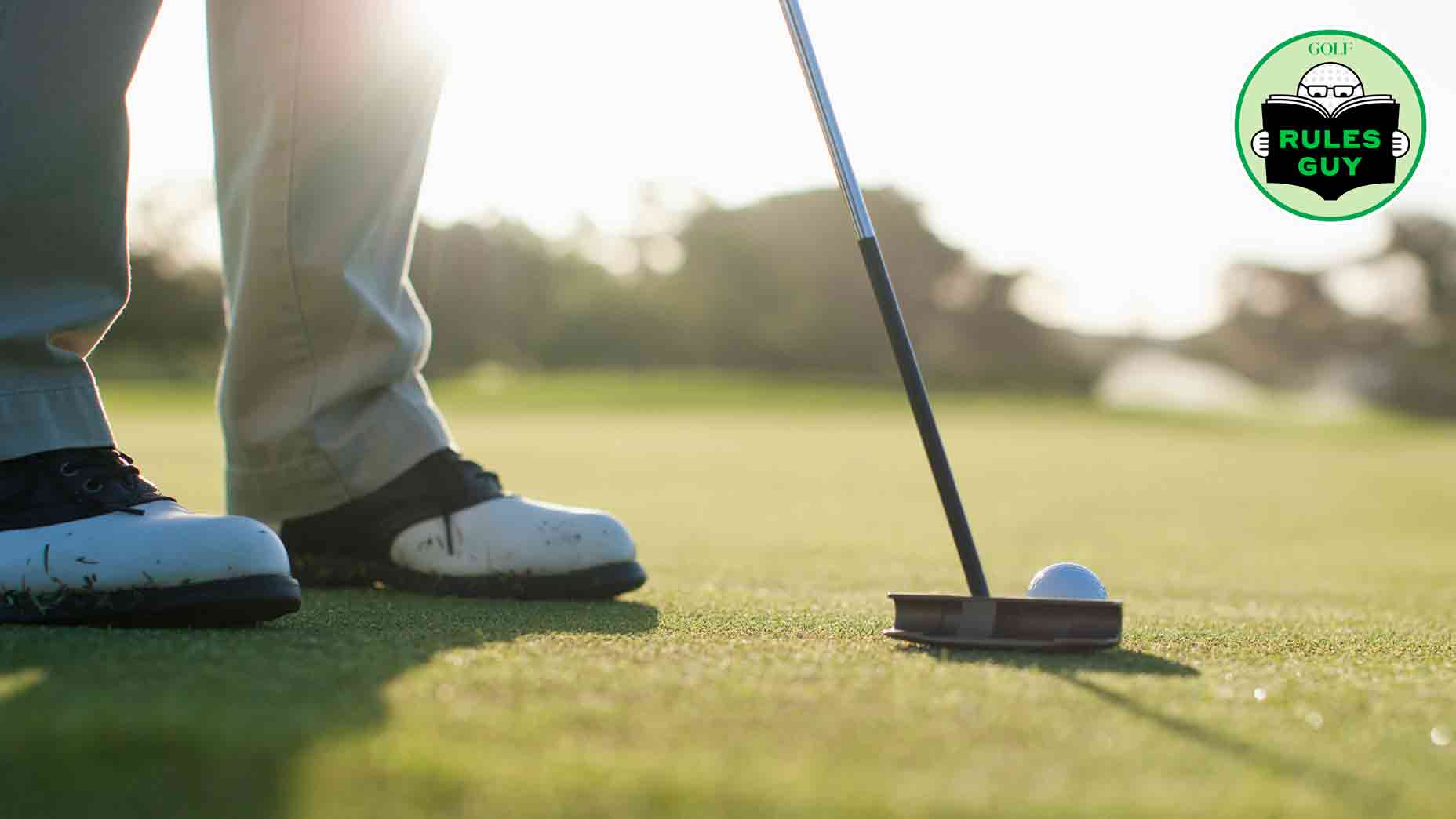Welcome to another edition of the Fully Equipped mailbag, sponsored by Cleveland/Srixon Golf, an interactive GOLF.com series in which we field your hard-hitting gear questions.
Seems no matter what I do, I can’t get the ball to roll where I want. How much of it has to do with my putter being wrong for me? Michelle M. – Tennessee
The best putters in the world tend to have the same excuses as to why they miss their putts. Usually, it’s something like “I misread that one” “I just didn’t hit it hard enough” or “I hit it through the break”, etc. Rarely do they chalk off their misses to making a bad stroke or actually miss-hitting their putts. In most cases, their mistakes stem from a bad read or a miscalculation before their putt.
Unfortunately for the rest of us, average-to-no-good putters face a multitude of reasons for missing their putts. Not only could our faults be due to a misread or poor judgment, but sometimes their misses are in fact the result of a miss-hit putt. And when you miss a putter’s sweet spot, anything can happen.
Let’s look at three things that are sure bets come time to miss-hit your putts:
You’ll lose direction
When you miss your putt towards the heel or toe, invariably there will be some twisting of the putter face at impact. How much it twists has much to do with whether you’re using a high MOI mallet or a standard heel-toe blade, but if you miss badly enough the putter face will open or close the more you strike away from the putter’s center of percussion. This makes direction control a real chore.
You’ll lose momentum/speed
Miss-hit putts suffer from less energy transfer into the ball, affecting the speed of your putts which then affects how much the ball will break as it rolls. Remember, slow putts break more than fast putts do (yes, that’s true!) so if you lose speed, expect the ball to curve further away from where you were hoping it’d roll. And remember, miss-hits aren’t just hit towards the heel or toe. You can also miss it by hitting too low or high on the putter face, too.
Your loft gets screwy
Putter loft isn’t something many of us think about, but how much or how little loft you have at impact matters immensely. Typically, a given putter has about 3° to 4° of the loft. If you have a forward press or putt with the hands well toward the target side, you’ll want less more loft to avoid driving the ball into the green which could send the ball careening down and then up in whatever direction. If you do the opposite and have too much loft, the ball will lift, hop, and then skid—which again, produces unpredictable results.
Cleveland Frontline 4.0 putter
The fixes
Choose a putter that matches your stroke
We’re at risk of sounding like a broken record, but it can’t be stated enough: Always opt for a putter based on what model is best suited for your stroke. And this doesn’t just correlate to the putter head—choosing the proper hosel configuration and putter shaft length and grip is equally important.
Find your putter’s sweet spot
This may surprise you, but not every putter’s sweet spot is in the middle of the putter’s face. Some have sweet spots skewed towards the heel. To see where your putter’s center of percussion is, try tapping a ball along the face and see where on the face the putter twists the least. (When you find the spot, you’ll know.) Second, take some foot powder and use it on the putter face to see where you’re making contact. If you’re missing the sweet spot, then a lie, length, loft or even putter head model adjustment may be in order to get things back on track.
Try a ball that makes your roll easy to see
Some of the newest golf balls on the market come with some interesting alignment aids that make squaring up your putts easier and more consistent. But few pack the assist that Srixon’s DIVIDE golf balls have. Each Z-Star, Z-Star XV, and Q-Star Tour Divide golf ball come with a dual-tone finish that makes it easy to not only align your ball but also to see exactly how your ball spins in the air and as you putt.
Get quiet on some carpet
Lastly, if you’re still struggling to see if the ball is skidding, lifting, or gliding in the air post-impact, consider putting it in a quiet room on some carpet. Use your ears and listen—if you hear skidding, you know you have an issue with your putter’s loft.
Are you planning an equipment overhaul in 2023? Find a fitting location near you at GOLF’s affiliate company True Spec Golf. For more on the latest gear news and information, check out our latest Fully Equipped podcast below.
